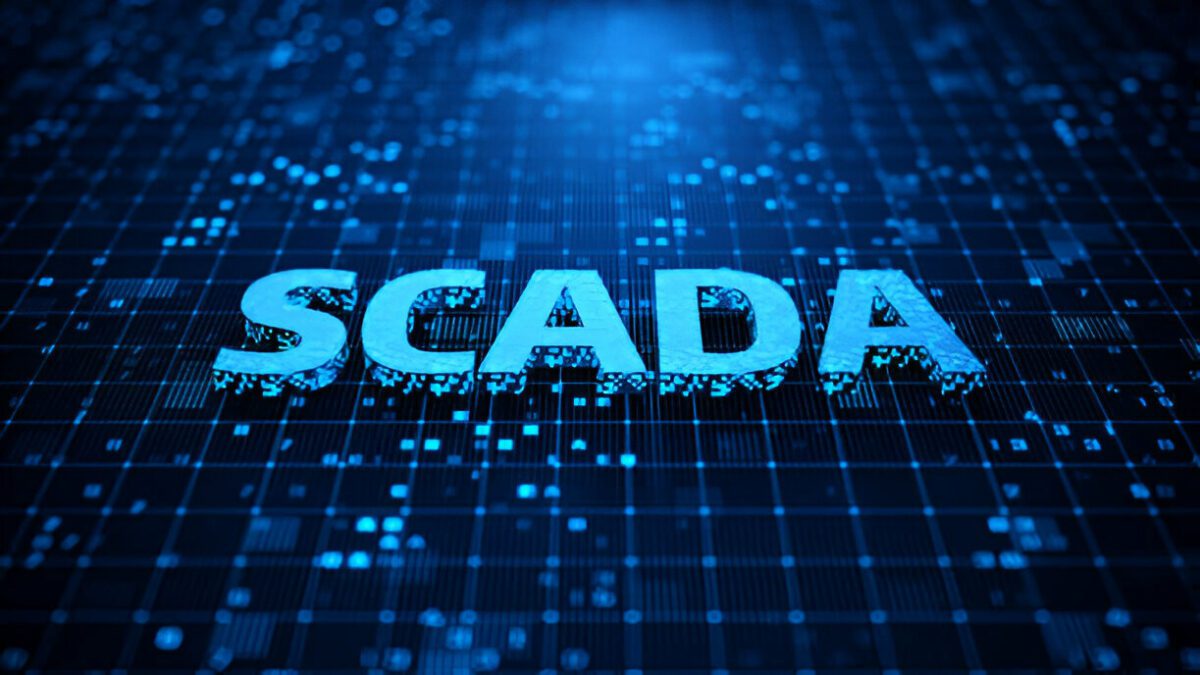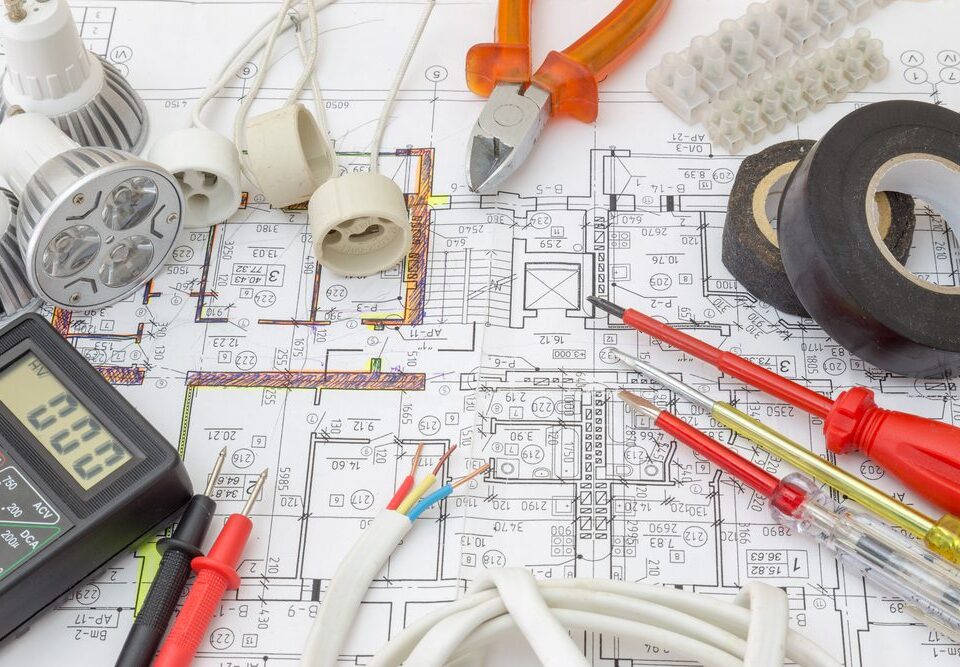What is a SCADA System?
A SCADA (Supervisory Control and Data Acquisition) system is an industrial control system (ICS) that enables remote monitoring and automation of complex industrial processes. It collects data from field instrumentation, processes it, and allows operators to monitor and control equipment from a centralized location.
Key Components of a SCADA System:
Remote Terminal Units (RTUs): These devices collect data from field sensors and transmit it to the SCADA system.
Programmable Logic Controllers (PLCs): Act as the interface between instrumentation and the SCADA network, executing automated control functions.
Human-Machine Interface (HMI): A user interface that displays real-time data, alarms, and system controls for operators.
Communication Network: Facilitates data exchange between instrumentation, controllers, and central SCADA servers via wired or wireless connections.
Centralized Database (Historian): Stores historical data for trend analysis and reporting.









